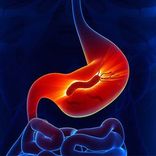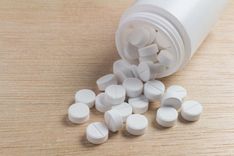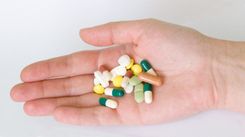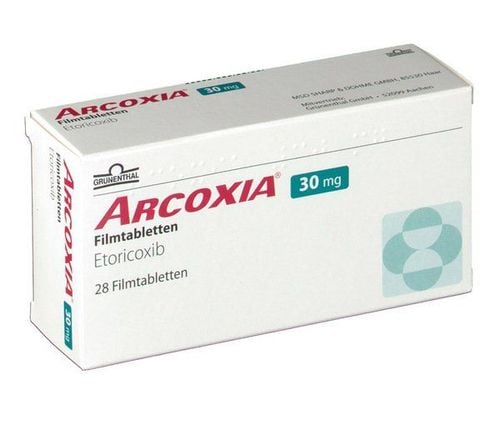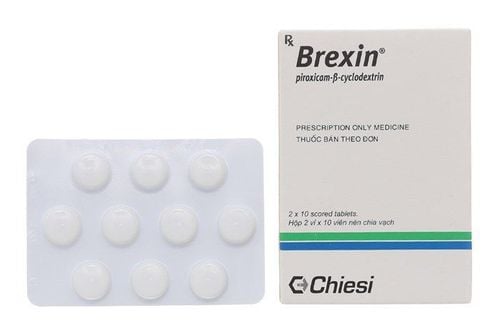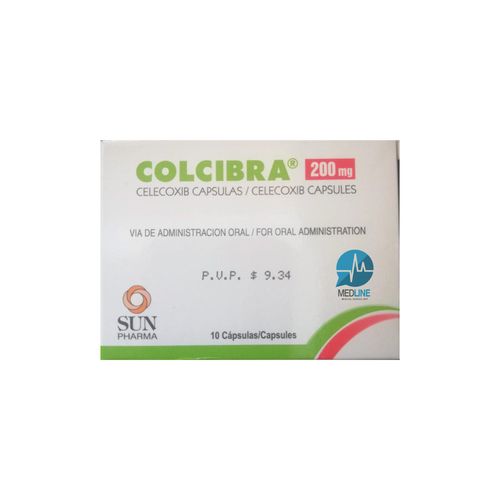One of the bone and joint diseases that directly affects our daily activities is shoulder pain. Symptoms of shoulder pain such as pain on one side or both sides of the shoulder often make the patient feel uncomfortable and annoyed. Not stopping there, if this disease is not detected early and treated promptly, it will cause dangerous complications for the patient. Below is useful information about shoulder pain as well as suggestions for drugs to support the treatment of this disease.
1. What is shoulder muscle pain?
Shoulder muscle pain is a fairly common symptom. Shoulder muscle pain is a condition in which the patient feels pain in the front, back or just inside the shoulder joint due to stiffness in the muscles behind the neck and shoulder. The pain occurs when moving both arms and shoulders, limiting the movements of the head and neck. Usually, you will feel severe pain in the shoulder, sometimes just a feeling of numbness when touched, tingling or a feeling that the shoulder joint is slipping out. This disease is closely related to the blood vessels in the neck and shoulder area and the musculoskeletal system.
If muscle pain is not treated early, it will cause a very uncomfortable feeling over time. Moreover, if you maintain incorrect living habits or excessive shoulder movement, the shoulder will become more and more damaged. From there, the condition will also become more severe, reducing or possibly causing loss of mobility of the shoulder joint for a long time.
2. 5 main causes of shoulder pain.
2.1. Shoulder dislocation
This is a common symptom caused by impact or strong movement causing injury. Shoulder dislocation will cause sharp pain in the shoulder and spread down the arm. Dislocation not only causes shoulder pain but can also leave visible deformities.
2.2. Shoulder muscle tear
Shoulder muscle tear often occurs in the elderly or due to patients suffering from repeated minor injuries. From there, it causes pain in the shoulder area spreading up to the neck and down the arm but not to the elbow. The pain is more obvious when lying on one side of the painful shoulder and especially when raising the arm above the head.
2.3. Rotator cuff tendonitis
When the shoulder joint rotator cuff is injured, all or part of the ligament will cause rotator cuff tendonitis. The disease often occurs in people over 40 years old with tendon degeneration. Common symptoms include mild shoulder pain when moving, swelling and pain above the shoulder joint, and a small, cracking sound when moving the shoulder joint.
2.4. Rheumatoid arthritis (RA)
Rheumatoid arthritis is a chronic autoimmune joint disease. This disease causes swelling, heat, and pain in the joints. Arthritis pain often lasts day and night.
2.5. Bursitis
Buriculitis is a condition of swelling and inflammation of the sac containing joint fluid. Bursae are often located around the shoulder, elbow, etc. This is also one of the causes of shoulder muscle pain and loss of joint flexibility.
In addition to the 5 main causes above, shoulder muscle pain also comes from daily activities such as heavy lifting, overwork, playing sports in the wrong posture or collision, etc. leading to ligament sprains. In addition, work pressure causes fatigue and prolonged stress, which indirectly causes shoulder pain.

3. What should you do when your shoulder muscles are sore?
3.1. Go to the doctor for a check-up
When the above symptoms appear, the first thing you need to do is go to the hospital to get an MRI, X-ray, etc. to get the most accurate diagnosis from a specialist.
3.2. Cold compress
If you are diagnosed with shoulder pain due to injury, you should apply ice to the injured shoulder area for 15 to 20 minutes in the first few days. Apply several times about 3 hours apart. This will help reduce swelling and relieve shoulder pain quite effectively for minor injuries.
3.3. Improve your diet and healthy lifestyle
A healthy diet not only helps keep bones and joints strong and flexible, but also prevents many other diseases and maintains health. You should regularly supplement vitamins, calcium and minerals to increase bone flexibility, prevent degeneration and bone and joint diseases.
3.4. Regular exercise
A healthy diet and exercise are always a "couple" that go together to benefit your health. You should exercise regularly and exercise properly to avoid adverse effects. For those who have symptoms of shoulder pain, you should pay attention to moving more gently, especially when moving your shoulders. In addition, you should gently massage your shoulder and neck area after every hour of sitting at work to reduce pain and fatigue.
3.5. Physical therapy
You should use physical therapy methods according to the exercises of doctors or experts. They will use methods such as massage, heat, pulse, etc. to reduce shoulder pain. In addition, shoulder stretching exercises also help prevent bone and joint pain and reduce muscle pain.
3.6. Use shoulder pain relievers
You can reduce muscle pain by taking medication prescribed by your doctor. Be sure to use the correct dosage. If overdosed, the drug can cause stomach ulcers, affect the kidneys and cause gastrointestinal bleeding.

4. What should not be done when having shoulder pain?
When symptoms of shoulder pain appear, you should avoid strenuous exercise, overwork or lifting too much weight. In addition, you need to avoid foods that are harmful to bones and joints. Some foods can increase the feeling of pain such as: greasy foods, fast food and especially alcohol. Avoid incorrect posture, adjust standing and sitting posture, do not bend over for too long. But do not stop exercising in the area of shoulder pain because of that, you need to exercise the shoulder area gently to avoid shoulder stiffness.
5. What medicine should I take for shoulder pain?
Moderate shoulder pain can be improved with pain relievers such as: Naproxen, Paracetamol (Acetaminophen), anti-inflammatory Ibuprofen. In addition, there are muscle relaxants for shoulder pain such as Myonal 50mg, Decontractyl, Diazepam 5mg ... For people with chronic shoulder joint disorders, doctors may prescribe anesthetic or corticosteroid injections to reduce joint pain. In addition to the above drugs, Hapacol 650 is also a drug chosen by many people to effectively treat shoulder pain.
Hapacol 650 is a combination of Caffeine and Paracetamol, a non-prescription drug that helps relieve pain on both sides of the shoulder. It is trusted because it is benign to the cardiovascular and respiratory systems, does not cause irritation and stomach bleeding. This is because the ingredients of this drug will be absorbed quickly and completely through the digestive tract, then transferred to the liver and excreted through the kidneys. Hapacol 650 helps patients feel less pain in muscles, tendons or pain caused by trauma or collision. In addition, it also quickly reduces pain caused by flu and sinusitis. Hapacol 650 also has the effect of increasing peripheral blood flow, reducing heat radiation in painful areas, and effectively reducing fever thanks to its ability to act on the hypothalamus' thermoregulatory center.
Note:
The drug is indicated for adults and children 12 years of age and older.
Take 3 to 4 times a day, 1 tablet each time, and each dose is about 5 hours apart.
For patients with severe kidney failure, the doses should be about 8 hours apart.
Group 3B vitamins including injectable vitamins B1, B6, and B12 also have the effect of increasing nerve conduction.
Shoulder muscle pain is quite common and causes discomfort and prolonged pain. Depending on the medical condition, the doctor will prescribe effective treatment. Patients need to strictly follow the doctor's instructions to ensure effectiveness and avoid unwanted side effects.
To arrange an appointment, please call HOTLINE or make your reservation directly HERE. You may also download the MyVinmec app to schedule appointments faster and manage your reservations more conveniently.

